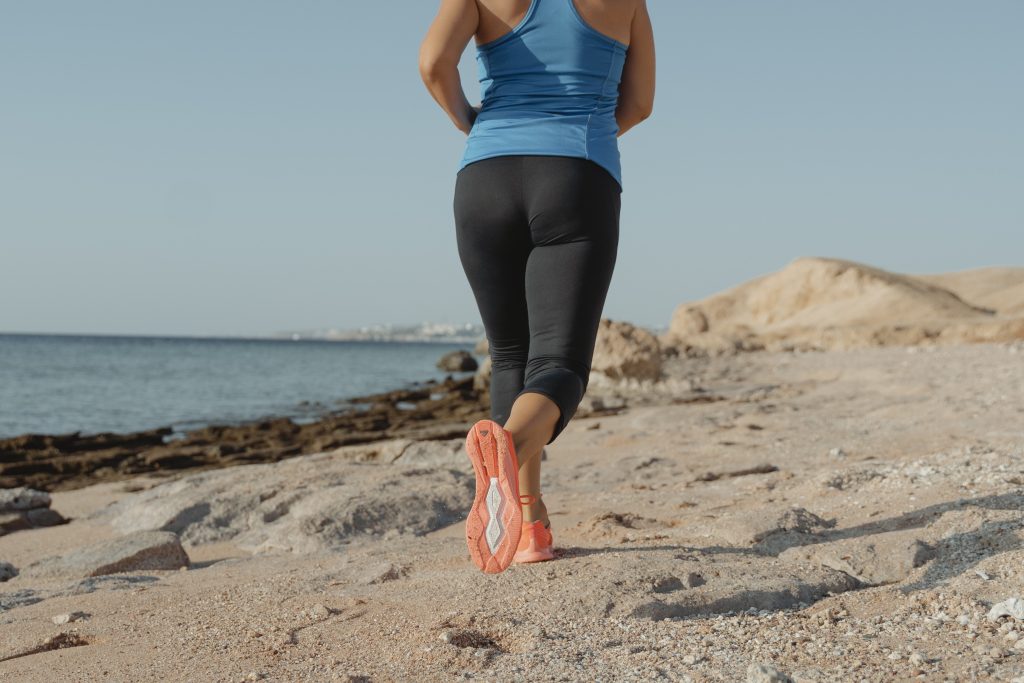What Material is the Best for Non-Slip Shoes? | 4 Best Materials
Introduction
Non-slip shoes! When it comes to footwear, one of the most important factors to consider is safety, especially in workplaces where slippery surfaces can pose a significant risk. Non-slip shoes, also known as slip-resistant shoes, have become a necessity for many professionals and individuals who require stable footing in challenging environments. But what material makes the best non-slip shoes? In this article, we will delve into various materials used in non-slip shoe manufacturing, their features, and which one might be the best choice for your specific needs.
Understanding Non-Slip Shoe Materials
Non-slip shoes are designed to provide excellent traction and prevent accidents on slippery surfaces. The choice of material plays a crucial role in determining their effectiveness. Here are some common materials used for non-slip shoe soles:

1. Rubber
Rubber is perhaps the most popular material for non-slip shoe soles. It offers exceptional grip and traction on wet or oily surfaces. Rubber soles are durable, flexible, and comfortable, making them a preferred choice for workers in various industries.
2. TPU (Thermoplastic Polyurethane)
TPU is another material used in non-slip shoe manufacturing. It provides excellent resistance to abrasion and chemicals, making it suitable for environments where exposure to harsh substances is common.
3. EVA (Ethylene Vinyl Acetate)
EVA is a lightweight and flexible material often used in athletic and casual non-slip shoes. While it may not provide the same level of durability as rubber or TPU, it offers comfort and shock absorption.
4. PVC (Polyvinyl Chloride)
PVC is known for its water-resistant properties, making it a suitable choice for waterproof non-slip shoes. However, it may lack the same level of traction as rubber on certain surfaces.
Factors to Consider When Choosing Material
Selecting the best material for your non-slip shoes depends on various factors:
A. Workplace Environment
Consider the type of surfaces you will be walking on. If your job involves exposure to oils, chemicals, or water, opt for materials like rubber or TPU for optimal traction and durability.
B. Comfort
EVA and other cushioning materials can provide comfort for those who need to wear non-slip shoes for extended periods.
C. Style and Use
The choice of material also depends on your personal style and the intended use of the shoes. Casual non-slip shoes often feature EVA soles, while industrial workers might prefer the sturdiness of rubber or TPU.
Conclusion
Choosing the right material for non-slip shoes is essential to ensure your safety and comfort in slippery environments. Rubber, TPU, EVA, and PVC all have their unique advantages, and the best choice depends on your specific needs. Prioritize your workplace conditions, comfort, and style preferences when making your decision.
Now, you may be wondering where to find the best non-slip shoes for your needs. If so, read on for some frequently asked questions.
FAQs
1. Are non-slip shoes suitable for everyday use?
Non-slip shoes can be worn daily, especially if you often encounter slippery surfaces. They provide added safety without compromising style.
2. Can I clean non-slip shoes easily?
Yes, most non-slip shoes are easy to clean. Materials like rubber and TPU can withstand regular cleaning and exposure to water and chemicals.
3. Do non-slip shoes come in various styles?
Yes, non-slip shoes are available in a wide range of styles, from casual to formal, ensuring that you can find a pair that suits your preferences.
4. Can I use non-slip shoes for sports or outdoor activities?
While non-slip shoes are primarily designed for workplace safety, some styles with EVA soles can be comfortable for light outdoor activities.
5. Where can I access a variety of non-slip shoe options?
You can explore a diverse selection of non-slip shoes by clicking on the link below:




Leave a comment